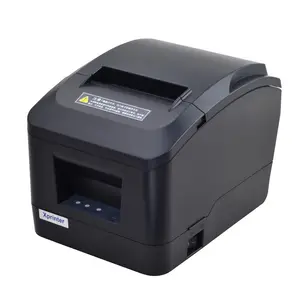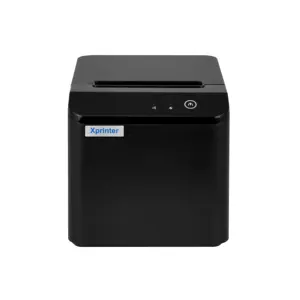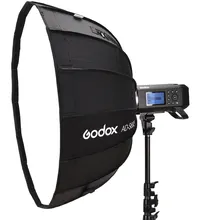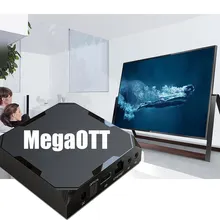Introduction to 80mm Thermal Printers
The 80mm thermal printer category encompasses a broad array of printing devices designed primarily for receipt and ticket printing in various commercial settings. These printers are favored for their efficiency and reliability in producing high-quality prints quickly. With a standard print width of 80 millimeters, they are compatible with a range of POS systems and business applications.
Types and Variations
Thermal printers in the 80mm size can vary significantly in functionality and design. Some are tailored for desktop use, while others are built for mobile environments, offering wireless connectivity options such as Bluetooth or Wi-Fi. The choice between direct thermal printing and thermal transfer methods also adds to the diversity within this product category.
Applications and Environments
The versatility of 80mm thermal receipt printers allows for their use in a multitude of settings, from retail outlets and restaurants to event ticketing and transportation services. Their ability to withstand high-volume printing makes them suitable for businesses that require a steady flow of transactional documentation.
Features and Functionalities
An 80mm thermal POS printer typically offers features such as fast print speeds, durable construction, and long-lasting battery life for portable models. Advanced models may include capabilities like logo storage for custom receipts, easy drop-in paper loading, and cutter options for full or partial cuts.
Materials and Durability
Constructed to endure the rigors of heavy use, thermal printers 80mm are made with robust materials. The thermal print head, a critical component, is designed for longevity, and the outer casing is often reinforced to resist the wear and tear of daily operation.
Advantages of 80mm Thermal Printers
The 80mm receipt printer offers several advantages, including low maintenance costs due to the absence of ink or toner, the capacity for rapid output without compromising on print clarity, and the ability to handle large volumes of prints with minimal downtime.












































 浙公网安备 33010002000092号
浙公网安备 33010002000092号 浙B2-20120091-4
浙B2-20120091-4